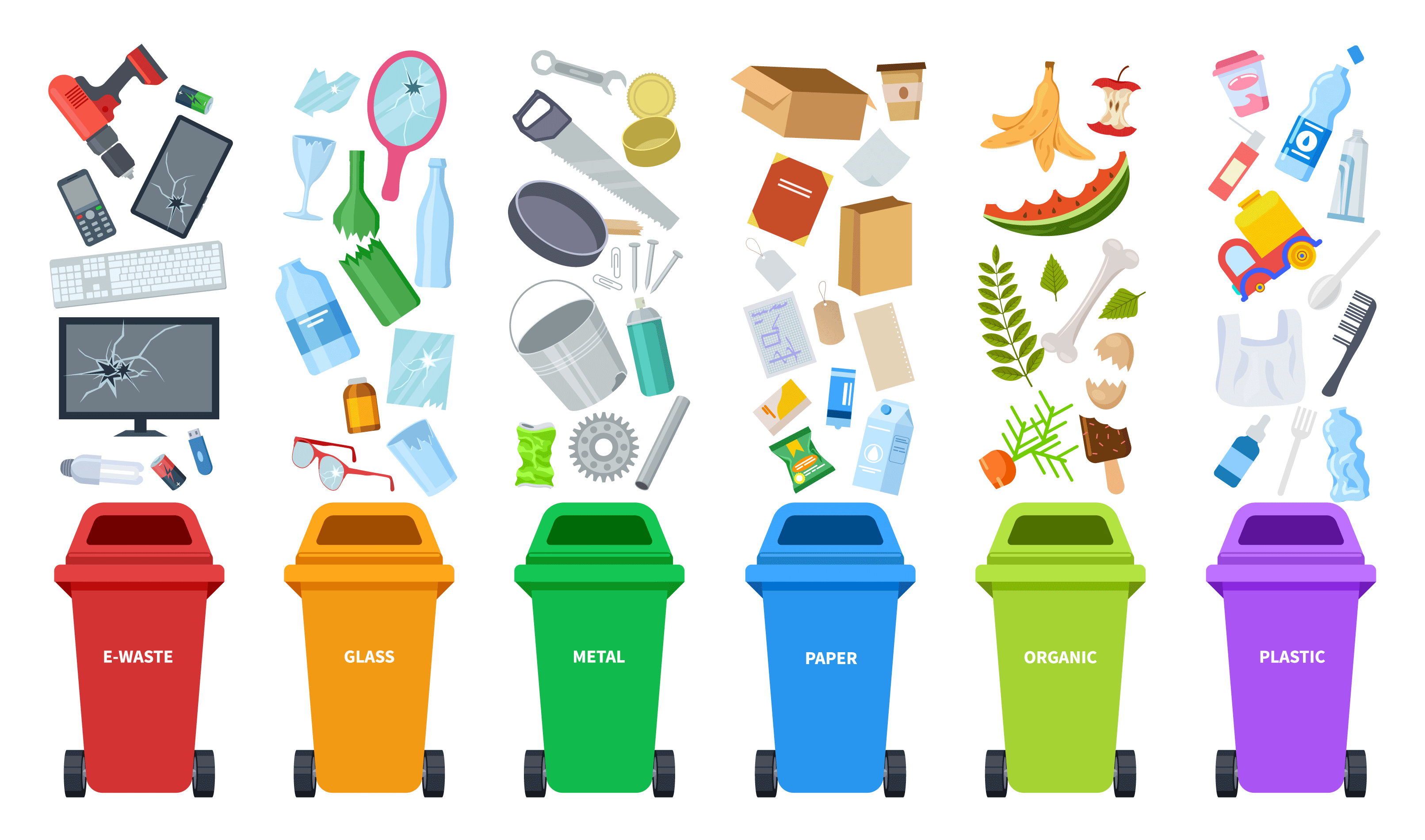Recycling
Recycling is a crucial strategy for reducing greenhouse gas emissions, conserving natural resources, and minimizing environmental impacts. This process involves collecting, sorting, and reprocessing waste materials into new products, creating a circular economy.

Classified recycling (Heritage)
Example Companies
AkkuSer
ATEC
Avani
Battery Booster
Breathe Sciences
Earth Recycler
IQ Energy Australia
Log9 Materials
Lucro Plastecycle
Mallsampah
Matsmart - Motatos
Mint Innovation
N2 Applied
Nordsense
Octopus
Paptic
Paterson Energy
PolyCycl
Recycle Smart
Recyglo
Redwood Materials
Too Good to Go
Wasteless
ZenRobotics
Overview
Recycling plays a crucial role in reducing greenhouse gas emissions, conserving natural resources, and minimizing environmental impacts. Technologies such as pyrolysis, which breaks down organic matter into useful products without producing emissions, have been developed to recycle plastics and other materials into fuel, chemicals, and other useful products. Companies and organizations such as ExxonMobil and the U.S. Environmental Protection Agency have been at the forefront of developing and promoting recycling technologies.
Progress Made
Significant advancements have been made in recycling technologies:
- Pyrolysis: Breaks down organic matter into useful products without producing emissions.
- Advanced Sorting Technologies: Using AI and robotics to sort and process waste materials more efficiently.
- Closed-Loop Recycling: Systems that ensure materials are continuously recycled without quality loss.
Solutions by Sector
Plastic Recycling
- Recycled Plastic Pellets: Made from post-consumer, industrial, and agricultural waste, these pellets replace virgin plastic in various applications.
- Plant-Based Plastics: Biodegradable plastics made from renewable resources reduce reliance on fossil fuels.
- Advanced Recycling Processes: Innovations in sorting, cleaning, and processing plastics improve efficiency and reduce emissions.
Case Studies:
- Loop Industries, USA: Pioneers in recycling plastics into virgin-quality materials (Loop Industries). While innovative, the scalability and economic viability of their processes remain challenges.
- Banyan Nation, India: Unlocks the circular economy and the market for premium recycled plastics (Banyan Nation). The company has been praised for its innovative approaches but needs to address the environmental impact of its supply chain.
- Green Dot Bioplastics, USA: Develops biodegradable and compostable plastics (Green Dot Bioplastics). The company faces challenges related to the economic feasibility and scalability of its products.
Metal Recycling
- Aluminum Recycling: Reprocessing aluminum scrap to produce new aluminum products.
- Steel Recycling: Melting down steel scrap to create new steel products.
- Copper Recycling: Recovering copper from scrap for reuse in various applications.
Case Studies:
- Sims Metal Management, Global: One of the world's largest metal recycling companies (Sims Metal Management). While effective, the company faces scrutiny over its environmental practices and the sustainability of its operations.
- Greencopper, Canada: Develops sustainable recycling technologies for copper (Greencopper). The company is praised for its innovative approaches but needs to address the environmental impact of its supply chain.
- Recycling Technologies, UK: Innovates in recycling processes to improve efficiency (Recycling Technologies). The scalability and economic viability of their processes remain challenges.
Paper Recycling
- Recycled Content Paper: Producing paper with varying percentages of recycled content.
- De-inking Technology: Improving methods to remove ink from recycled paper.
- Energy-Efficient Processing: Developing more energy-efficient recycling processes.
Case Studies:
- Stora Enso, Finland: Produces paper with up to 100% recycled content (Stora Enso).
- Pratt Industries, USA: Operates paper mills using 100% recycled materials (Pratt Industries).
- UPM, Finland: Develops innovative recycled paper products (UPM).
Lessons Learned
-
Successes:
- Recycling significantly reduces greenhouse gas emissions and conserves natural resources.
- Efficient recycling processes and new technologies have made recycling more sustainable.
-
Failures:
- Poor recycling practices can lead to pollution and waste issues.
- Manufacturing recycled materials can release toxins into the environment.
-
Lessons Learned:
- Investing in recycling infrastructure and technology is crucial for reducing emissions and conserving resources.
- Addressing environmental and social impacts is essential for sustainable recycling.
Challenges Ahead
- Quality Issues: Recycled materials often have lower quality than virgin materials, limiting their applications.
- Energy-Intensive Processes: Recycling can be energy-intensive, increasing costs.
- Infrastructure Needs: Insufficient recycling infrastructure hinders scalability.
- Public Awareness: Increasing awareness about the benefits of recycling is essential.
- Corporate Accountability: Ensuring companies are held accountable for their environmental practices and potential greenwashing.
Best Path Forward
- Public Awareness: Increase public awareness about the benefits of recycling.
- Corporate Responsibility: Encourage businesses to adopt sustainable recycling practices.
- Infrastructure Development: Improve recycling infrastructure to support large-scale operations.
- Research and Development: Invest in R&D to develop more efficient recycling methods.
- Policy Support: Implement policies and regulations that incentivize recycling.
Prominent supporters include The Recycling Partnership, Waste Management, and the Environmental Protection Agency.
Image credit: Heritage